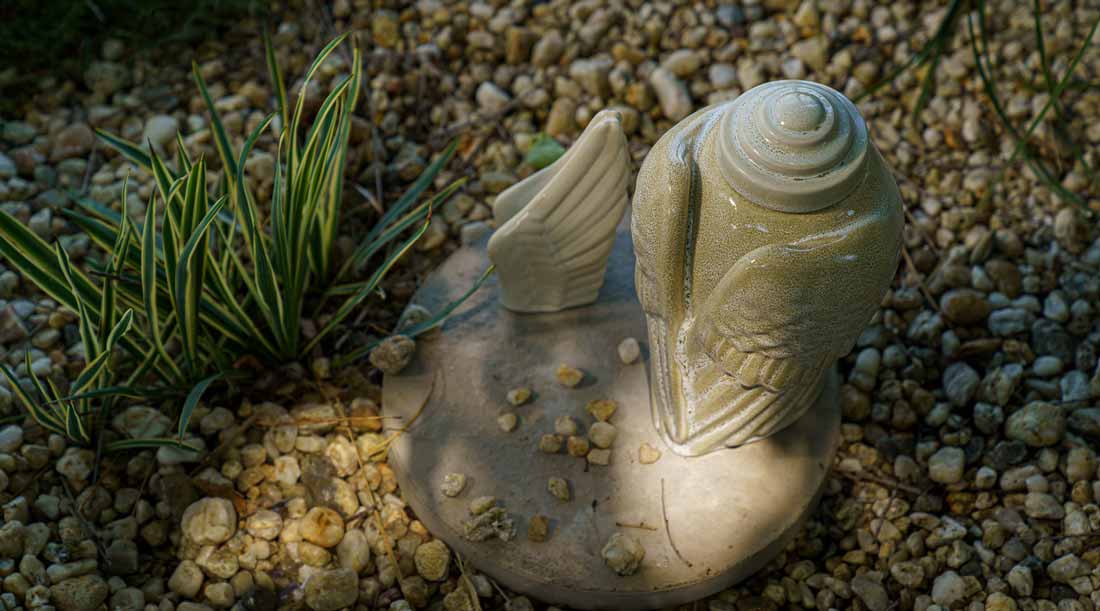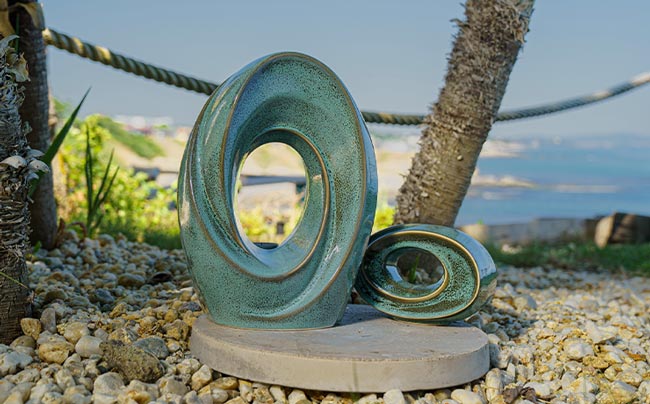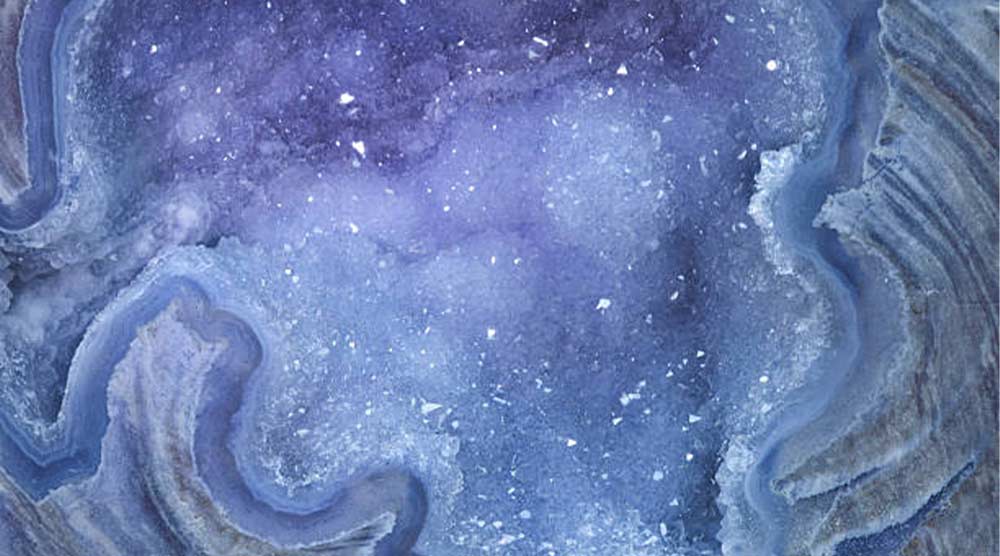
What Are Crystalline Glazed Ceramics?
When we talk about crystalline ceramics, we are referring to the glaze which is used to cover the ceramic piece. Crystalline glazed ceramics are time consuming to produce and often, the materials are expensive. The elaborate process can often result is many failures but it is all worthwhile for the stunning, iridescent results that can be produced.
The crystalline glaze contains various chemical components, commonly Silica and Zinc Oxide which combine to create Zinc Ciliate. Macro-crystals in the glaze form around a tiny Zinc Oxide crystal which will have Zinc and Silica Oxide molecules attached to it. This is what creates the specific arrangements seen amongst the crystals.
Other molecules such as Titanium and Lithium can be used to encourage crystal growth. Then, colouring oxides are added such as, cobalt, nickel, copper, iron, and manganese, which will all react in different ways. For example, a mixture of cobalt and manganese will make crystals appear blue as the cobalt overrides the yellow colour of manganese.
A thick layer of glaze is applied to the top of the piece, around 4-5mm, with a thinning layer at the base of the piece, as the glazes can be very running so the glaze at the apex will run to the bottom.
Due to the runny nature of the glaze, a special ring must be made for each piece, as well as a plate, to act as a glaze catcher which exactly fits the base of the piece. This protects the shelves of the kiln. Once fired, the plate is removed using a blowtorch and the bottom is grinded with a diamond grinding disc to make it smooth.
The crystalline glaze ceramics are fired in a kiln at around 1280°C for several hours. Once a liquid matrix is formed from the molten glaze, the kiln is then cooled to the temperature at which the crystals will grow, which is usually around 1050 - 1150°C. The crystals take around 3-5 hours to grow. This hot and lengthy process allows the glaze molecules to move and arrange themselves into structured strings and crystals.
Depending on the temperature in which the kiln is cooled to, different shapes of crystals will form. At a lower temperature, round crystals are formed. At a higher temperature, axe heads and spikes are produced. A range of crystals can be formed on one piece if the temperature within the kiln is constantly changed and fluctuating. This way halo rings can also be produced.
The crystals can become a range of sizes, in which some can grow up to four of five inches across the matrix. However, most are not this large. When the crystals cool down, they obtain their final appearance and will not change. The modifications of the appearance of the crystals are a result of the specific chemical compositions of the glaze.
Some pieces can undergo a further process of acid etching where the piece is put into an acid bath for 24 hours which leaches some of the crystals and make them stand out more.
Discover our Crystalline Cremation Urn for Ashes collection, which includes adult cremation urns, medium cremation urns, and pet cremation urns for ashes selections.




Leave a comment
This site is protected by hCaptcha and the hCaptcha Privacy Policy and Terms of Service apply.